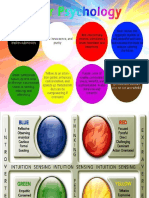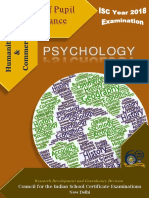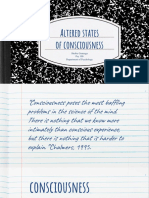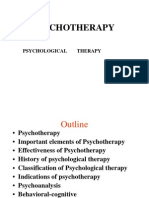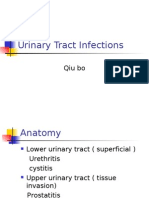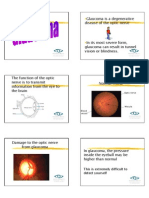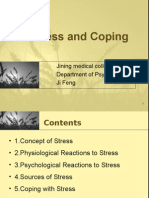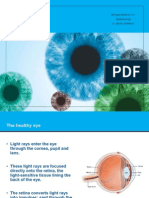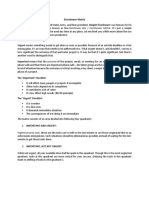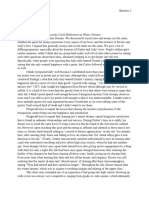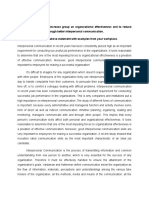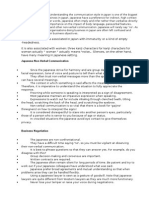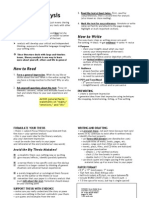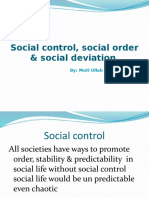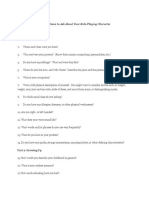100% found this document useful (4 votes)
1K views75 pagesIntroduction to Psychology Concepts
Each describe the elephant
according to their own experience and
perception. But none of them can see the
whole picture of the elephant.
This story reminds us that every
psychological theory or perspective can
only reveal part of the whole truth.
Uploaded by
sanjivdasCopyright
© Attribution Non-Commercial (BY-NC)
We take content rights seriously. If you suspect this is your content, claim it here.
Available Formats
Download as PPT, PDF, TXT or read online on Scribd
100% found this document useful (4 votes)
1K views75 pagesIntroduction to Psychology Concepts
Each describe the elephant
according to their own experience and
perception. But none of them can see the
whole picture of the elephant.
This story reminds us that every
psychological theory or perspective can
only reveal part of the whole truth.
Uploaded by
sanjivdasCopyright
© Attribution Non-Commercial (BY-NC)
We take content rights seriously. If you suspect this is your content, claim it here.
Available Formats
Download as PPT, PDF, TXT or read online on Scribd
/ 75



















